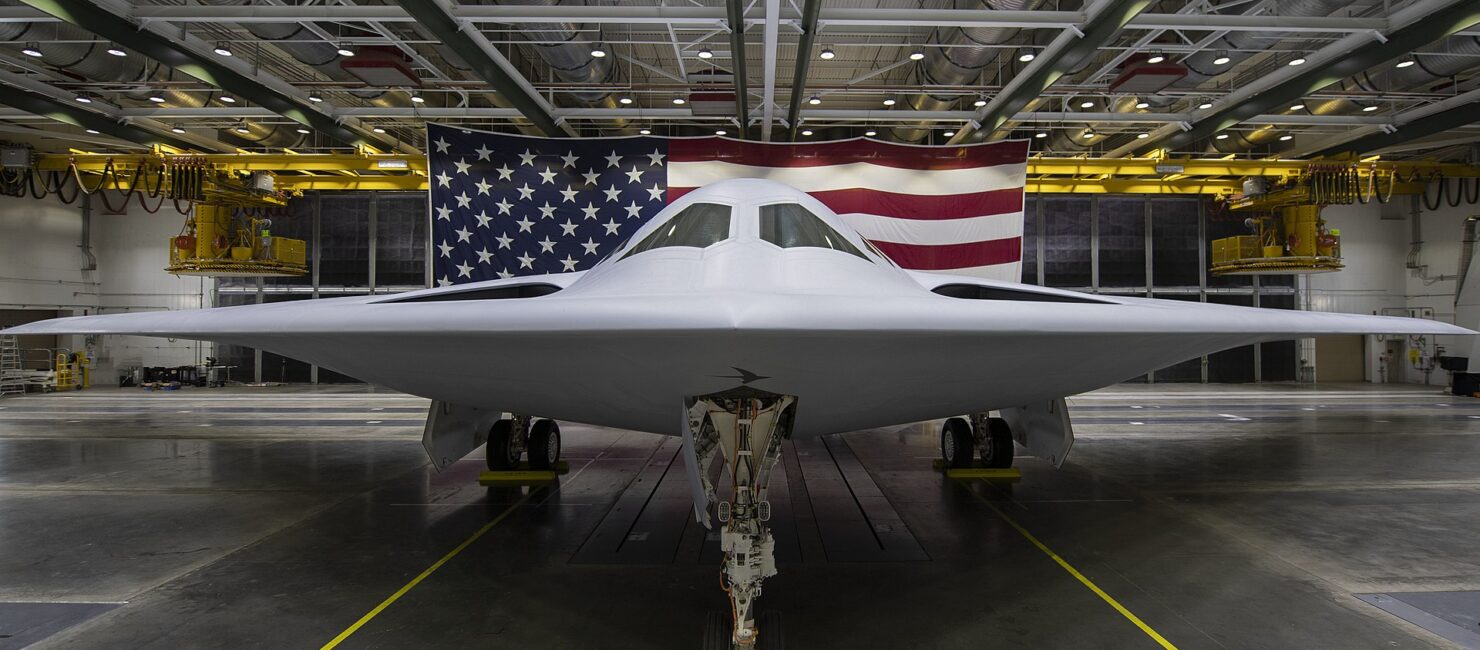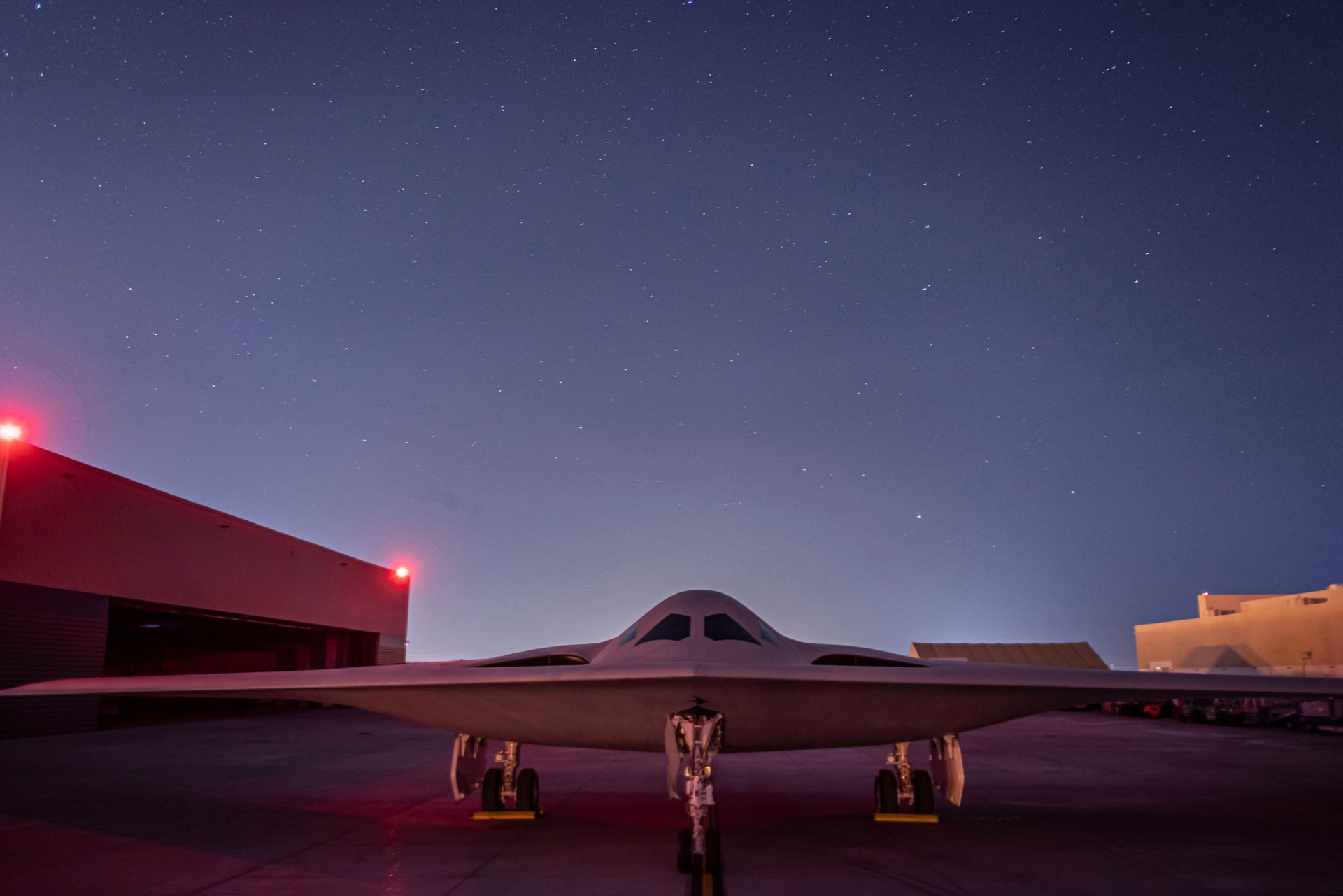Why the New B-21 Raider Bomber Is So Badass

The United States Air Force has recently unveiled their “newest and baddest” ride – the B-21 Raider Bomber. With the latest technological advancements, added stealth capabilities, and robust design, the B-21 Raider is certain to dominate the sky and become the face of America’s air-strike superiority. This powerful and aggressive new bomber is a symbol of the future of air power and an impressive display of America’s military strength. From its sleek design to its sophisticated technology, let’s look at why the B-21 Raider Bomber will soon be dominating the skies.
Designed to evade detection and reach heavily defended targets while carrying a large bomb load, the B-21 is capable of a variety of missions including deep-penetrating strikes, electronic warfare, reconnaissance, and communications. It can evade enemy sensors and weapons, outperform existing bombers, and is designed with a low-observable signature. As such, it has the ability to penetrate into heavily defended areas for precision strikes and carry out sustained operations with minimal risk to aircrew.

The B-21 is powered by an advanced propulsion system and its shape helps reduce engine noise and infrared emissions. This makes it difficult for enemies to detect its presence and even if it is detected, its advanced electronic warfare suite can be used to defeat incoming threats and elude detection. Its design ensures it is immune to a range of anti-aircraft weapons, making it almost invulnerable to counterattack. The B-21 is to be equipped with a range of long-range precision munitions, such as the Massive Ordnance Penetrator and the Small Diameter Bomb, allowing it to deliver pinpoint strikes on targets with minimal collateral damage.
The Raider Bomber has no equal among the competition, in terms of both its performance and stealth characteristics. It is equipped with the latest radar-evading technologies, integrated with its advanced jet engines and features the latest in flight control systems. It maintains a low-profile and operates in a very quiet manner, making it ideal for reconnaissance and special operations missions.
Average Unit Procurement Cost : $550 million (base year 2010 dollars) / $639 million (base year 2019 dollars) / $692 million (base year 2022 dollars)

